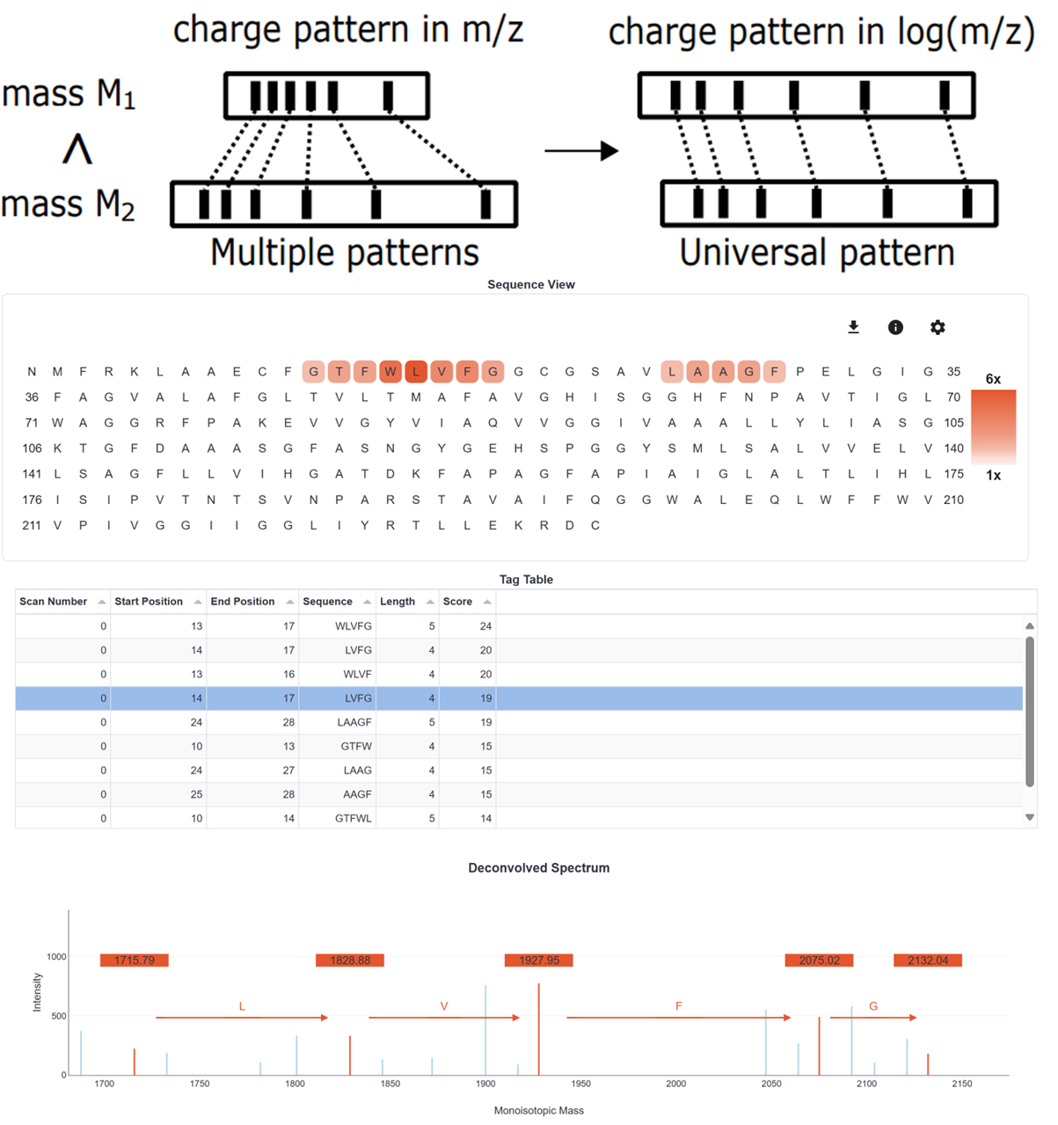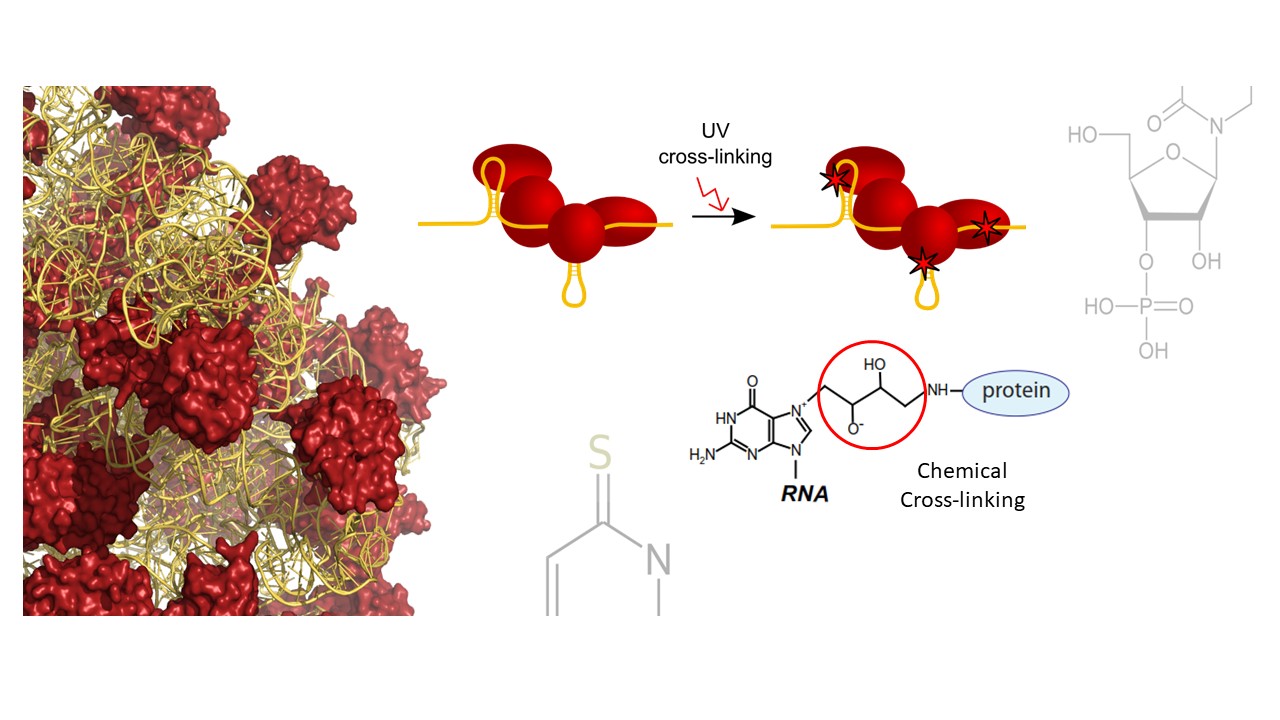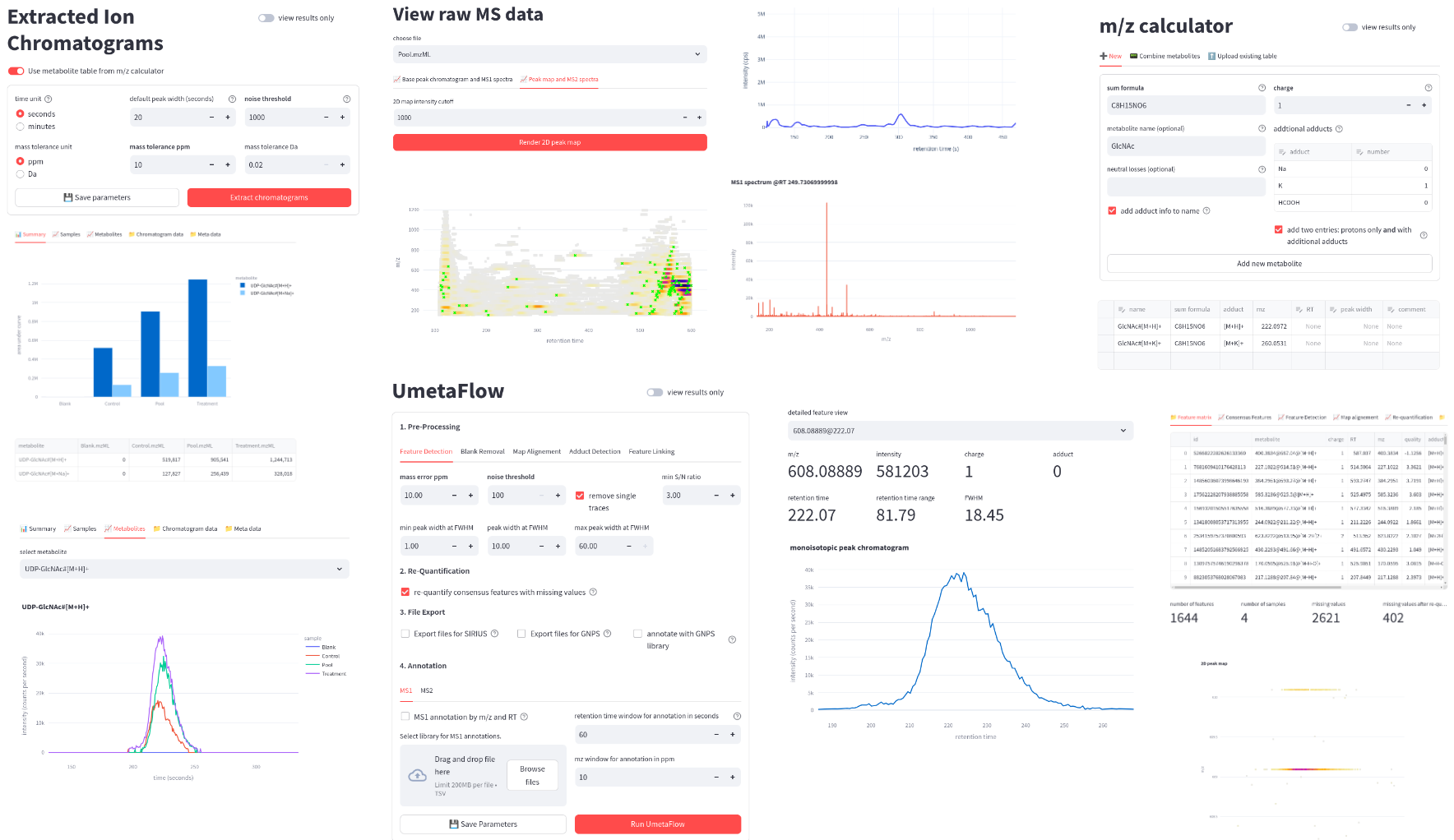OpenMS offers an open-source C++ library (+ Python bindings) for LC/MS data management, analysis and visualization. It empowers rapid development of mass spectrometry related software. OpenMS is freely available under the three clause BSD license and runs under Windows, macOS and Linux. The OpenMS members have a strong commitment to creating an open, inclusive, and positive community. Please read the OpenMS Code of Conduct for guidance on how to interact with others in a way that makes the community thrive.
visualize output from FLASH* tools.

A specialized protein nucleic-acid crosslink search engine.

A universal metabolomics tool
